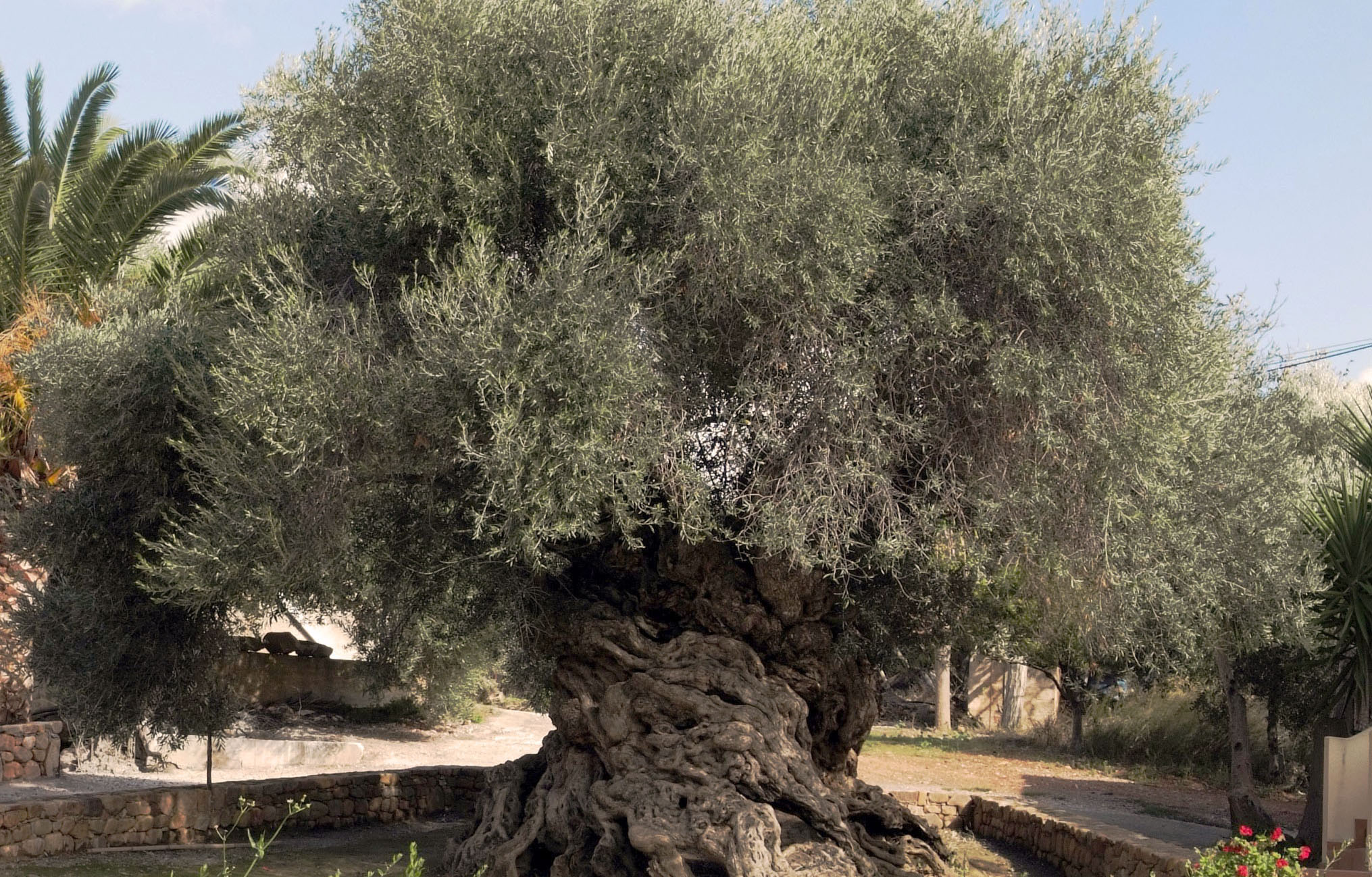
It is among the oldest known cultivated trees in the world – being grown before the written language was invented. It was being grown on Crete by 3,000 BC and may have been the source of the wealth of the Minoan kingdom. The Phoenicians spread the olive to the Mediterranean shores of Africa and Southern Europe. The ancient Greeks brought olive cultivation to their colonies: Sicily, southern France, the west coast of Spain and the Black Sea coast. They loved and deified the olive tree and attributed a religious and sacrosanct character to its origin, condemning to death anyone who destroyed an olive tree. Messengers would come to conclude peace carrying an olive branch, while the only award for the winners at the Olympic Games was a wreath from an olive branch. Many Greek philosophers studied the medicinal properties of this sacred tree. Dioscorides, Diocles, Anaxagoras, Empedocles, Hippocrates; the Hippocratic code features more than 60 olive treatments. Symbol of peace, wisdom, fertility, prosperity, luck, victory. No fruit bearing tree in our land has been praised, painted, sung, as much as the olive tree. This tree, that loves the sea and the Mediterranean sun, grows even on arid and rocky soils and survives under drought conditions and strong winds. It has accompanied the inhabitants of this land in times of both prosperity, and deprivation and has left its imprint in every aspect of the cultural tradition of the Mediterranean people.
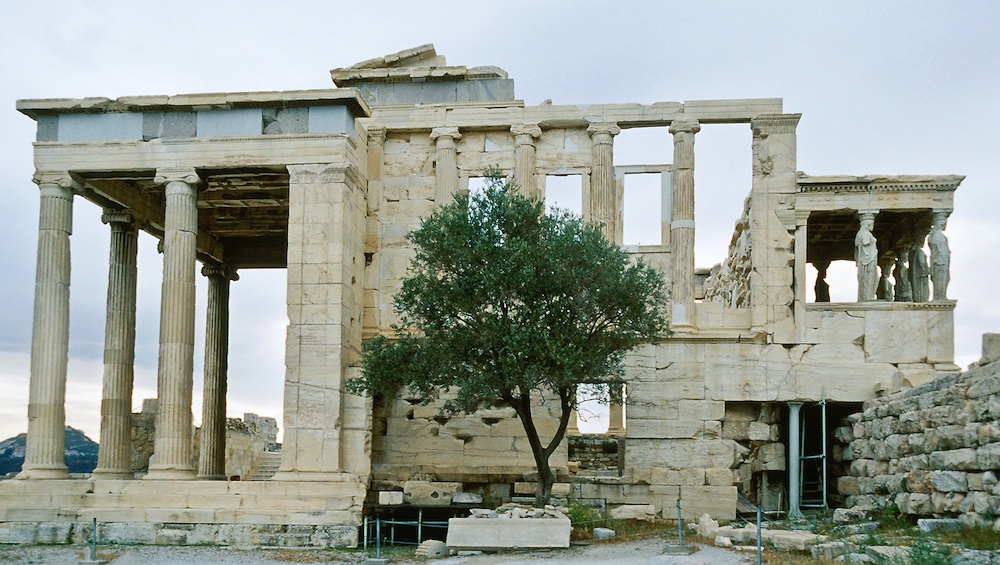 (Photo by ©Tom Dempsey/PhotoSeek.com)
(Photo by ©Tom Dempsey/PhotoSeek.com)
Athens is named from the Goddess Athena who brought the olive to the Greeks as a gift. Zeus had promised to give Attica to the god or goddess who made the most useful invention. Athena’s gift of the olive, useful for light, heat, food, medicine and perfume was picked as a more useful invention than Poseidon’s horse – touted as a rapid and powerful instrument of war. Athena planted the original olive tree on a rocky hill that we know today as the Acropolis in Athens. The olive tree that grows there today we believe that is coming from the roots of the original tree.
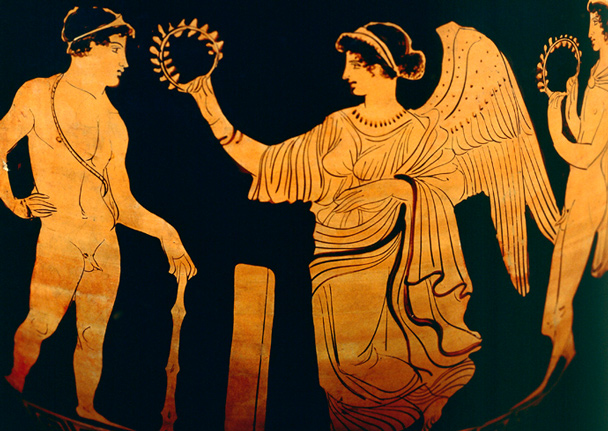 (Photo by ©londinoupolis.blogspot)
(Photo by ©londinoupolis.blogspot)
The olive tree was associated with athletic competitions held throughout Greece in ancient times. At the Olympic Games, first held in 776 BC in honor of Zeus, athletes were massaged with olive oil , power and strength of Athena would be bestowed upon them. The winners were awarded olive leaf crowns and olive oil. But it wasn’t just athletes who benefited. It was also believed that if you polished a statue of Zeus with olive oil, Zeus would be so honored that he would grant you a long and happy life. The Olive wreath also known as kotinos was the prize for the winner at the Olympic Games, It was a branch of the wild olive tree Kallistefanos Elea that grew at Olympia as we already mention. The branches of the sacred wild-olive tree near the temple of Zeus were cut by a “pais amfithalis” (a boy whose parents were both alive) with a pair of golden scissors. Then he took them to the temple of Hera and placed them on a gold-ivory table. From there, the Hellanodikai (the judges of the Olympic Games) would take them, make the wreaths and crown the winners of the Games.
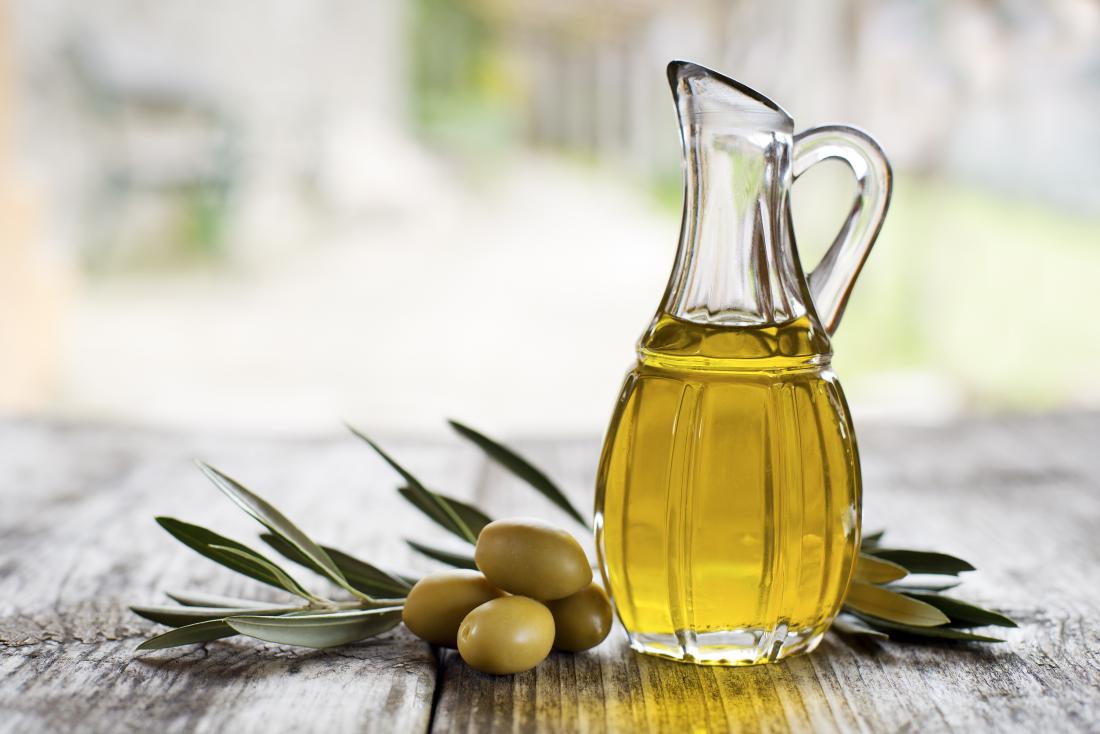 (Photo by ©medicalnewstoday.com)
(Photo by ©medicalnewstoday.com)
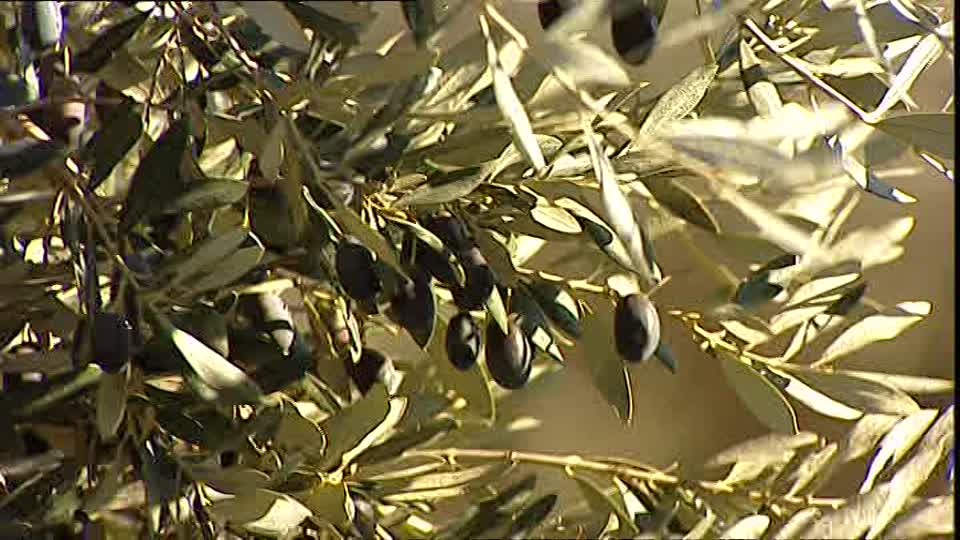 (Photo by ©framepool.com)
(Photo by ©framepool.com)
The production of Olive Oil has been lost deep in the centuries. The History is taking us back at 3500 BC during the Minoan period but the production theoretically it starts at 4000 BC. An alternative theory says that the first production of olive oil happened at the area of Israel. The olive oil use to be used not only as food but as medicine too. The olive oil also has been used to made soap and other products for the protection and the care of the body skin. The first recorded export of oil is in the Hebrew bible and it took place during the exit from the Egypt on the 13th century BC. That time of period the oil was exported by humans hands and has been kept in special containers protected to the priests hands. These mills were estimated to produce 1,000 to 3,000 tons of olive oil each year. The crop of the olive oil trees took place in Crete after the Minoan civilization and it was very important for the island’s economic status and actually became the most powerful product of the Minoan civilization symbol of wealth and power.
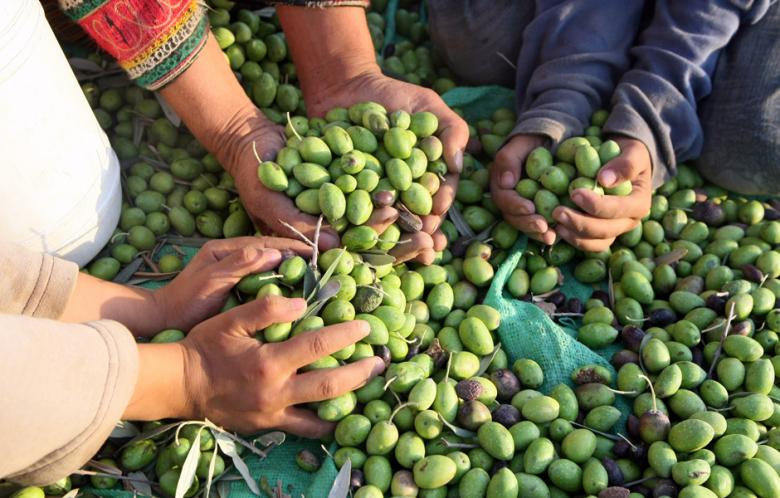 (Photo by ©Displaced.wordpress.com)
(Photo by ©Displaced.wordpress.com)
Back in the days the collection of the olives was exclusively a family affair. All the members of a family took part at the collection and that happens at certain periods as the weather circumstances are not the ideal ones all the year, usually a good period to start is from September to December just before the Christmas days. The timeline of the collection always dependent from the amount of the olive trees that the family owns and the time that they spending in the harvest per day. At the collection period the day for each of them begins just before the sunrise till the sunset. Going back in the days before the modern machines took place and replace the human’s hands, the procedure of the collection was quite different and difficult. Upon the arrival of the family at the harvest they had to prepare the field to start the collection. With a long wooden bar they were crumbling the branches of the olive tree so the olives will be dropped on the field on a special net material which was spread around the olive trees for the facility of the collection and protection of the olives. A huge wicker bag was tied up around their waist to place the olives inside with their hands. Almost 8 hours after nonstop work the family must have a break for rest and lunch which has been prepared and packet from home in the morning. It is worth of mention that back in the days not all the families could afford to own a van or a car for their transportation so they use animals like donkeys to carry their equipment or board the little kids as it was a long way to walk till the harvest.
 (Photo by ©www.melasoil.gr)
(Photo by ©www.melasoil.gr)
After the small break of the family for lunch and rest the hard work is starting again. In the evening before the sunset they collect all the wicker bags board them on the donkeys and they are ready to go at the oil mill. There are 6 steps to follow for the production of the olive.
 (Photo by ©www.gmh.gr)
(Photo by ©www.gmh.gr)
When the oil comes out of the machine, the acidity is measured so that the producer, who is most often present, knows the quality of the oil he produced. As the olive now is ready to go and to be used the payment time from the producer to the olive mill factory has come. As you can appreciate this is an expensive procedure and the producer had 2 options of payment. The first one is to pay for the production and the price goes according to the tones of olives that have been milled. As we mention previously most of the families belonged to a poor status of life so they couldn’t afford to pay the mill factory in cash. For the families, to secure their oil for the rest of the year for their houses as it is a very expensive product to buy on regular basic they had the opportunity to leave a part of their oil that has been produced in the factory instead of money and the factory is taking it as payment.
Today modern machines, workers, electrical sticks and mini vans took place in our life and the tradition has been lost.
Subscribe to our newsletter to receive the latest travel tips, destination insights, and exclusive offers directly to your inbox!
Take our fun and quick quiz to discover the perfect tour that aligns with your unique interests and desires. Whether you’re a history enthusiast, a foodie, an adventurer, or simply seeking relaxation, our personalized recommendations will ensure your journey matches your preferences. Take the quiz now and embark on the experience of a lifetime!

Subscribe now and get instant FREE Access to Unpublished Hand-picked Deals!

©2024 GS Tours. All Rights Reserved. Website by: Inglelandi Digital Agency
